Description
Herb Chives
Herb Chives Pictorial Packet s is one of the most popular culinary herbs with narrow, grass-like leaves giving a mild onion-like flavour. A bulb spreads and forms clumps of tubular leaves 12-18 inches high and is also very decorative in full bloom with ball-shaped lavender-pink flowers.
Cultivation Advice
- Choose a location with well-draining soil and adequate sunlight (at least 6 hours per day).
- Chives can be grown from seeds or purchased as young plants. Plant seeds ¼ inch deep in the soil or transplant seedlings about 6 inches apart.
- Ensure the soil is loose, well-draining, and rich in organic matter. If needed, amend the soil with compost to improve its quality.
- Keep the soil consistently moist but not waterlogged. Water the plants deeply whenever the top inch of soil feels dry to the touch.
- Chives thrive in full sun but can tolerate partial shade. Ensure they receive adequate sunlight for healthy growth.
- Chives don’t require heavy feeding. A light application of balanced fertilizer in spring can support their growth.
- Remove any flowers that appear early in the growing season to encourage leaf production. Allowing some flowers later in the season can attract pollinators.
- Harvest chives by cutting the leaves with scissors or pruning shears. Start harvesting when the plant is at least 6 inches tall, cutting the leaves about 1-2 inches above the ground.
- Avoid cutting more than one-third of the leaves at a time to ensure continued growth
- Chives can become crowded over time. Divide mature clumps every 2-3 years in early spring or fall to rejuvenate the plants.
- Chives are hardy perennials in many regions. In colder climates, mulch around the plants in late fall to protect the roots from freezing.
- Chives add a mild onion flavor to dishes and are excellent as a garnish. Add them fresh to salads, soups, omelets, or use them as a topping for baked potatoes.
- Plant chives near vegetables like carrots, tomatoes, and peppers. They can help deter pests and improve the flavor of neighboring plants.
- Chives grow well in pots indoors. Plant them in well-draining soil and place them in a sunny window for adequate sunlight.
- Aim for a slightly acidic to neutral soil pH between 6.0 and 7.0 for optimal chive growth.
- Chives benefit from occasional feeding with a balanced fertilizer or compost to ensure adequate nutrient levels in the soil.
- Apply a layer of mulch around chive plants to retain soil moisture, regulate soil temperature, and suppress weed growth.
- Weed regularly to prevent competition for nutrients and ensure the chives thrive.
- Chives can be propagated easily by division. Divide mature clumps in early spring or fall, replanting the divisions to create new plants.
- Ensure each division has healthy roots and foliage when replanting.
- Chives are relatively resistant to pests and diseases. However, watch for pests such as aphids or thrips. Use organic pest control methods if necessary.
- Proper spacing, good air circulation, and well-draining soil can prevent fungal diseases.
- Chive flowers are edible and have a mild onion flavor. Use them as a colorful garnish in salads or dishes, or infuse them into vinegars.
- Harvest flowers before they fully open for the best flavor.
- Preserve chives by air-drying or freezing. To air-dry, bundle fresh chives and hang them upside down in a well-ventilated area. Once dry, store them in an airtight container.
- Alternatively, freeze chopped chives in ice cube trays with water or olive oil for convenient use in cooking.
- Chive plants produce attractive, globe-shaped flowers that can enhance the aesthetics of herb or ornamental gardens. Consider their ornamental value when landscaping.
- Inspect chive plants regularly for signs of pests, diseases, or nutrient deficiencies. Address any issues promptly to maintain healthy growth.
- Regularly harvest chives to encourage new growth and ensure the leaves remain tender and flavorful.


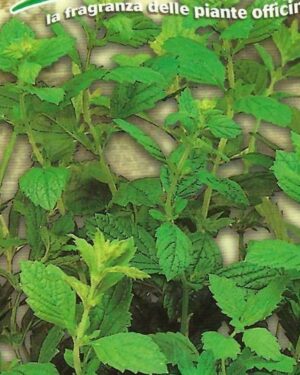
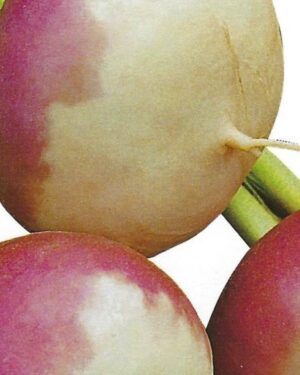
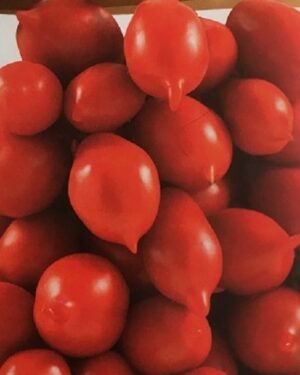
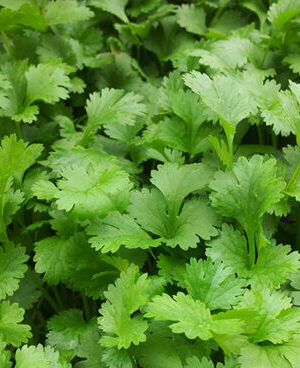

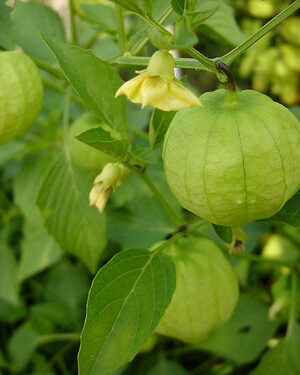
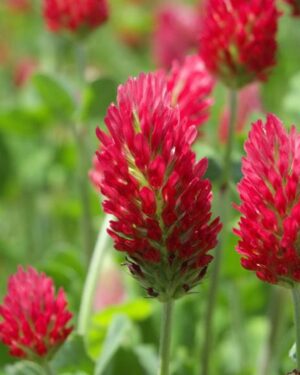
Reviews
There are no reviews yet.